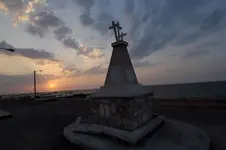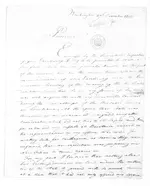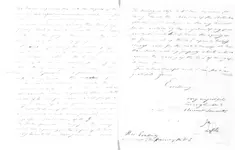Vaya Con Dios - Jean

My tale of Jean Laffite happened 35 years ago while I was living in the port town of Progreso in the Yucatan Peninsula.
I had family connections in the Mexican Government and was studying Archaeology of the ancient Mayans, more precisely ancient Mayan Cenotes (wells) and the ritual of tossing in of gold for the appeasement to their Gods.
The American mid-19th century John Stephens had dredged the Cenote at Chichen Itza and recovered $2 million in gold and this find was foremost in my mind.
I had located other isolated Cenotes and wished to treasure hunt the same. (another story).
The Mexican government loaned me their helicopter to research the Gulf of Mexico from Merida up to the Rio la Gatos.
We set down in between at Dzilam De Bravo where I heard the most interesting tale of Jean Laffite.
It was here at a grave that the locals told me the story that in the early 1800's Jean had arrived by his ship, deathly ill, seeking help.
I was told by the old ones that he was sick and trying to get to Merida for medical help but died on route.
He died at Dzilam De Bravo and was buried there and the locals were proud to show me where his grave was located.
It was always curious to me why this location and what he may have been doing in this remote part of the world?
The best I could surmise is that he was driven out of America once his usefulness was achieved and was searching for a location to conceal his treasure still close to his American routes.
At Progreso, I inquired from the locals and the secret was of an island just 17 kilometers from Progreso (on the map) where when fisherman did risk going there Spanish coins were found on the beach.
At that time I heard the Mexican Government declared this island to be off limits to all.
To this date I always thought of boating out to this island for a pick nick.
A statue dedicated to the pirate Jean Lafitte can be found next to the water by the fishing boats
In February 1823, the infamous pirate Jean Lafitte, severely wounded from an encounter with Spanish warships, sailed his schooner General Santander westward from the coast of Cuba into oblivion. Lafitte’s fate has remained a mystery for 183 years. Historians and his biographers have offered different theories. Some believe he died of his wounds and was buried on Isla Mujeres, Yucatan’s Isle of Women. Others believe he was buried at Dzilam De Bravo and a monument was erected to mark the site after a hurricane washed the original grave into the sea. Some more fanciful theories are that he recovered from his wounds and sailed to the Mediterranean where he succeeded in rescuing Napoleon Bonaparte from St. Helena. There are many theories. But the one that seems to have the most credence is the one passed down as fact over the generations by the families of Dzilam De Bravo. According to oral history, the dying Lafitte was brought ashore by his brother Philipe and his daughter Lucia. When Jean died, he was buried in the local churchyard. Lucia remained in the village, was adopted by Inez Estrada Cedil, was later married, and the blue-eyed dynasty was begun.








